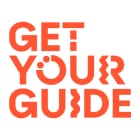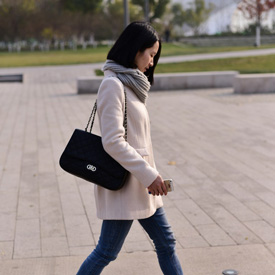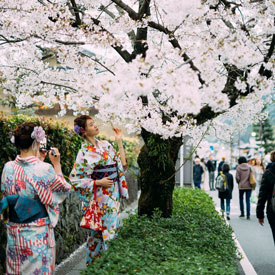Religious Sites: The Kiyomizu-dera, Fushimi Inari and Senso-Ji are but three of the most well-known shrines and temples that form part of a massive collection that sprawls all over the country. Visiting these sacred sites is a very important tradition in Japanese culture. It’s vital to keep in mind that as a tourist you are entering holy grounds. Respect the sacred value of the visit, and dress appropriately. Shorts at or below the knee, pants, shoulders covered – think “modesty” and follow the examples of the locals.
Gourmet Food: Japanese food…There is so much to say and so much to experience. From delectable sushi platters to richly flavored Soba and Udon Noodles to Tonkatsu and Yakitori. The Japanese take great pride in their cuisine and food culture is something that many social activities revolve around. Also, don’t be afraid to dine alone – it’s actually quite a common practice in Japan!
This is the country that has the most Michelin-awarded cities. There are 304 places to choose from in Tokyo alone, but this doesn’t always mean you have to dress up. It’s best to do your homework so that you don’t show up to a street stall wearing your finest garb. For casual dining, you don’t have to worry much about what you wear, but some establishments will ask you to remove your footwear. Nicer clothing is never bad, though, so air on the well-dressed side if you’re unsure.
Beaches: Japans’s unique structure offers plenty of coastline on either side of the country, and this means fun in the sun! Sunbathing and swimming seasons differ hugely from south to north and it’s said that the best beaches to visit are found in Okinawa (south) but there are other spots that offer some tropical vibes too. Bikinis are a natural choice for women, and as long as they’ll stay on during any of your chosen activities, they’re perfectly acceptable. Bring a cute cover-up for when you come up from the beach. Men tend to wear anything from speedo’s to board-shorts, so it all depends on your taste.
Baseball: Baseball was first introduced to Japan in 1872 and is probably one of the most popular spectator sports in the country. The highest level of professional baseball in Japan is the Nippon Professional Baseball League. The first of each 144 regular season games kicks off in March each year, and a 7-game contest series in October determines the winner of the Nippon Series.
While both March and October are probably not the warmest of months, you’d do well in jeans, canvas sneakers, and comfortable hoodies and sweaters. You might also want to refrain from wearing anything related to baseball from other countries – purely out of respect. Expect sunny days in March and October, so bring along a pair of sunglasses for outdoor games.



























































